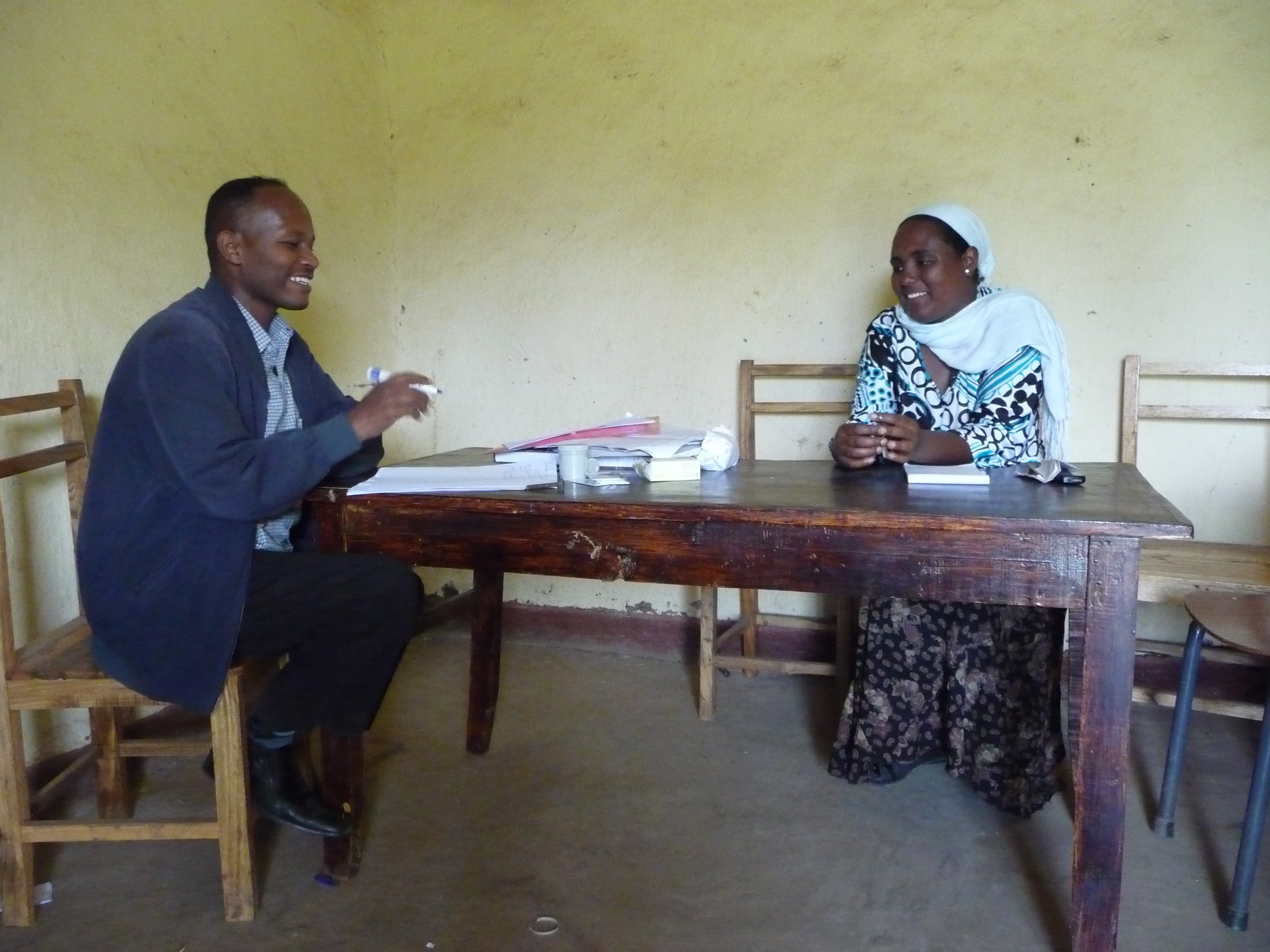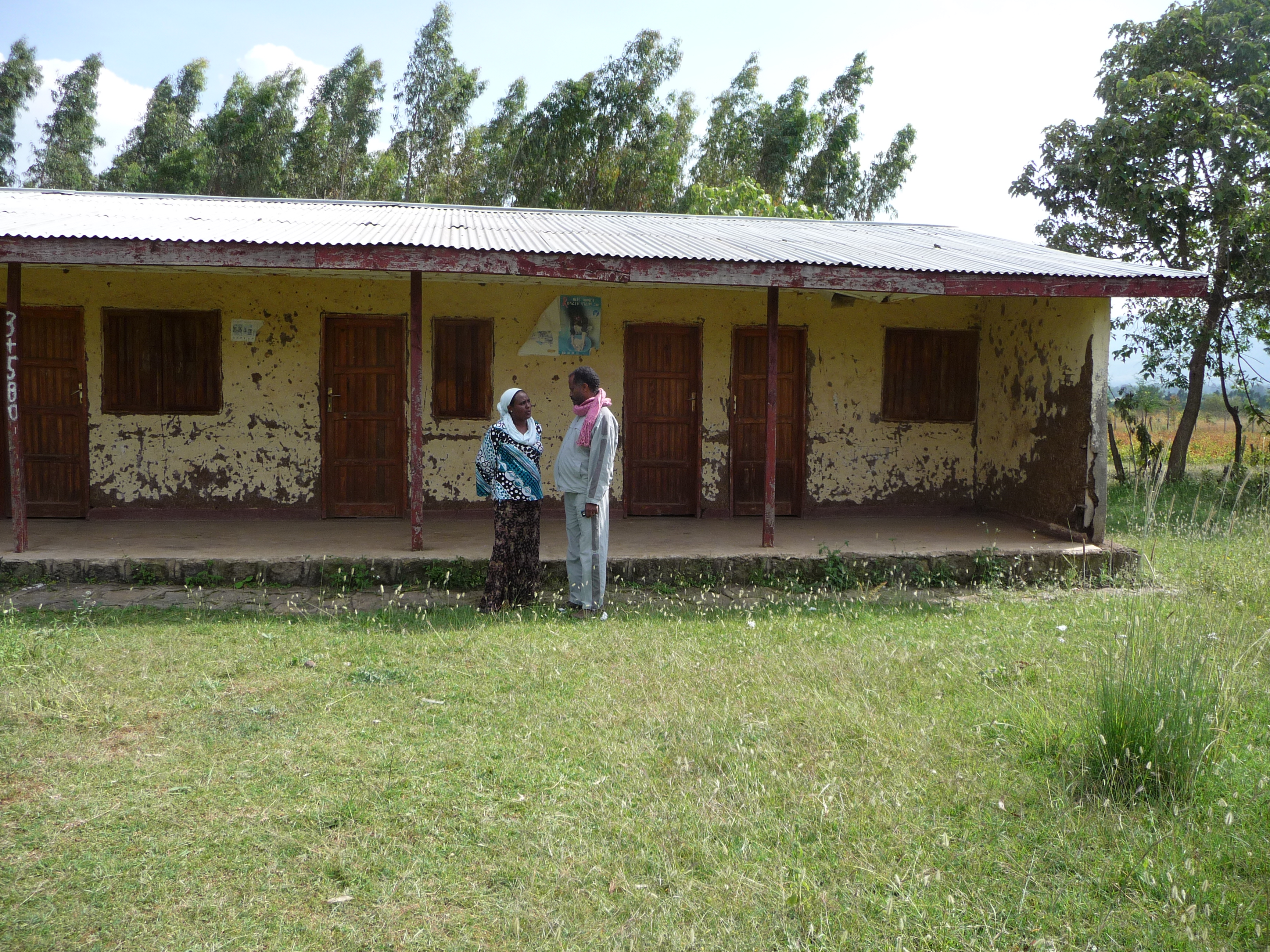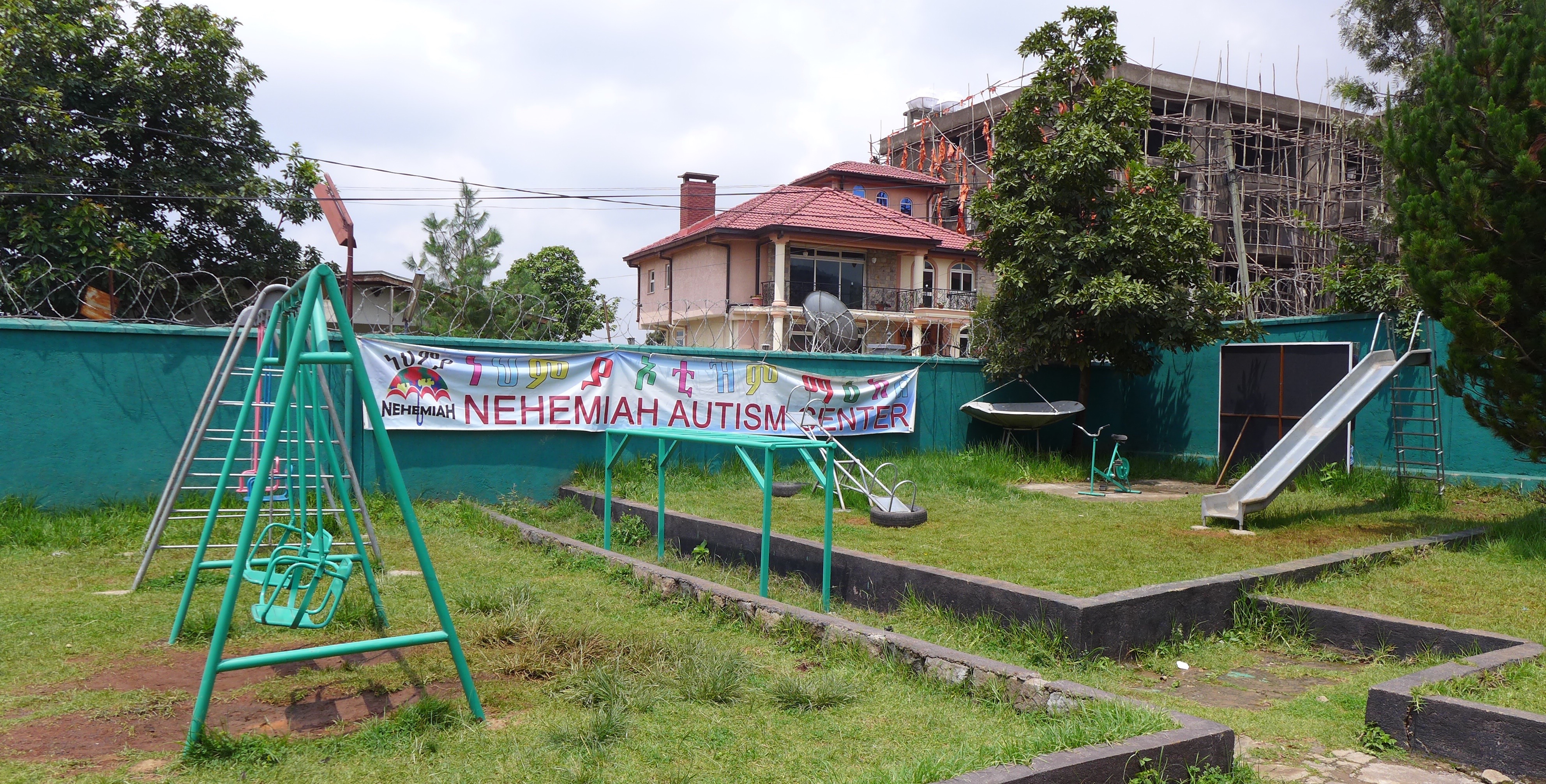
How to address autism in Ethiopia and other low-income nations
Even short programs with a focus on mental health can train community health workers to help children with autism in Ethiopia and elsewhere.
For two weeks in September 2010, I sat with a team of Ethiopian mental health experts inside a hotel in Addis Ababa, drafting materials for a new health and education training program for rural community health workers. The program would provide community health workers with an additional year of training: The workers would be trained in mental health and developmental conditions, including autism, for the first time.
As the rain poured down outside, we discussed what the program should include and how best to deliver it. What do rural health workers with no prior training in mental health or developmental conditions need to know? What skills and expertise are most helpful when providing basic health services in communities where no specialist is available?
My impulse as a researcher from a wealthy Western country (I am based in the United Kingdom) was to teach what we know about the causes of autism. I instinctively rejected spiritual explanations and treatments, even though spiritual explanations for autism are common in Africa.
But my Ethiopian colleagues explained this might not be a fruitful approach. In Ethiopia, where biomedical services are scarce and most families first seek help from traditional healers, it is much more effective to work with traditional institutions than against them. Harmful treatments should be discouraged, of course. But many spiritual or religious rituals cause no harm and can be helpful coping strategies for families.
These discussions fundamentally changed my outlook on autism. I used to confidently write statements such as, “The heritability of autism is around 80 percent,” oblivious to the fact that they are based purely on data from high-income countries. In fact, about 90 percent of the world’s children live in low- and middle-income countries, but only a fraction of research is conducted in these places. Even in North America and Europe, where the vast majority of autism research is conducted, ethnic minorities are sorely underrepresented1.
As a result, our understanding of autism — its behavioral features as well as genetic and environmental risk factors — is likely to be incomplete and biased2.
Since my first trip to Addis Ababa, I have been working with academics in Ethiopia and the U.K. to publish the first articles on autism in this African country. Using surveys, in-depth interviews and stakeholder workshops, we have identified several barriers to diagnosis and care for children with autism and other developmental conditions in Ethiopia. The education program for community health workers helps to start overcoming these barriers in hopes of reaching more children with these conditions.

Hidden at home:
One important barrier is stigma. Many caregivers of children with autism in Ethiopia say they are worried about other people finding out about their child’s condition3. Some parents feel the need to keep their child hidden at home.
Many caregivers provide spiritual explanations for their child’s condition — for example, attributing autism or developmental delays to a curse on the family or a punishment from God. Spiritual explanations for autism are by no means unique to Ethiopia, but acknowledging them is key to understanding the treatment parents seek4,5.
Perhaps more unique to a low-income setting such as Ethiopia are the severe unmet needs of families. The country has a population of 99 million people, of which 50 percent are children. But there are only two state-funded child mental health clinics where a formal diagnosis can be made. Both clinics are in Addis Ababa — inaccessible to most Ethiopians, who reside in dispersed rural communities6. The few autism schools that exist each have long waiting lists, meaning that most children with autism are without appropriate education. The vast majority of children with autism remain undiagnosed, with no access to intervention or appropriate education.
In 2003, the Ethiopian government launched the Health Extension Program to address the severe shortage in health services. Through this program, more than 40,000 community health workers received basic health training and were subsequently deployed throughout the country. The program has had some notable successes, including a marked increase in childhood vaccination rates and an increased uptake in the use of bed nets to prevent malaria.
But an evaluation of the program highlighted some gaps in training. Most importantly in the context of our work, the initial program did not include any training on mental health and developmental conditions.
At that hotel, we developed materials for the Health and Education Training (HEAT) program, which the government launched in 2011. Upon completion of the one-year program, community health workers gain a more senior title and a small pay raise.
The program provides the workers with two weeks of training in mental health, including some limited coverage of developmental conditions. In 2012, our team surveyed more than 100 workers from the first enrolled group. The workers were generally positive about the training but said they still felt ill-equipped to address developmental conditions7.
In response to those results, we produced five short videos illustrating how to identify developmental conditions and how to provide support to families. We also produced a mental health ‘pocket guide’ — an introduction to mental health, including sections dedicated to developmental conditions. Workers who completed the program, and particularly those who received the videos and pocket guide, have fewer negative beliefs about children with autism than workers who did not receive the training. They also are less likely to want to maintain a social distance from families with a child who has autism8.
These findings suggest that brief training in mental health and developmental conditions has a positive effect on beliefs and attitudes toward children with autism and their families. The HEAT study materials are open educational resources and free to be used or adapted for use elsewhere.

Going global:
I believe there are lessons from this work that apply beyond the borders of Ethiopia. Culture and socioeconomic circumstances can have a profound influence on autism families. We need a better understanding of these influences before we can truly serve autism communities around the world. Although research from wealthy countries can inform interventions, adaptations to local culture and context are essential to make sure interventions meet the needs of local families and work in low-resource health systems.
Over the past five years, I have had to adjust my preconceptions time and time again when designing a new study, developing an intervention or interpreting results. It is thanks to my Ethiopian colleagues that our research team has avoided embarrassing and costly mistakes.
For instance, my initial proposal to evaluate the impact of our training program was to conduct a postal survey. Google ‘reliability postal service Ethiopia’ to understand why that was a bad idea.
We need broad collaborations that include local researchers as well as parents of children with developmental disorders and representatives from governmental and non-governmental organizations. It is only through such partnerships that we can ensure our research is grounded in local culture and addresses the urgent needs of these communities.
Working with local researchers and students is also the only way to build local capacity for research. If we are serious about addressing the autism research gap in non-Western and resource-poor countries, we need to build a sustainable research base in these settings. Only by doing this can we work toward a truly global understanding of autism.
Several teams are deploying important autism research initiatives in low-resource, non-Western settings — for example, in Pakistan, India, South Africa and Kenya5,9,10,11. By advancing and expanding these initiatives, we can extend autism research globally and address scientific questions that reflect the needs of the autism population worldwide.
Rosa Hoekstra is lecturer in psychology at the Institute of Psychiatry, Psychology and Neuroscience at Kings College London.
References:
- West E.A. et al. J. Spec. Ed. 50, 151-163 (2016) Full text
- Durkin M.S. et al. Autism Res. 8, 473-476 (2015) PubMed
- Tilahun D. et al. BMC Health Serv. Res. 16, 152 (2016) PubMed
- Shyu Y.I. et al. J. Autism Dev. Disord. 40, 1323-1331 (2010) PubMed
- Gona J.K. et al. PLOS ONE 10, e0132729 (2015) PubMed
- Tekola B. et al. Glob. Ment. Health (Camb.) 3, e21 (2016) PubMed
- Tilahun D. et al. Int. J. Ment. Health Syst. 11, 15 (2017) PubMed
- Tilahun D. et al. Autism Epub ahead of print (2017) PubMed
- Rahman A. et al. Lancet Psychiatry 3, 128-136 (2016) PubMed
- Rudra A. et al. Autism Res. 7, 598-607 (2014) PubMed
- Smith L. et al. Autism 21, 552-563 (2017) PubMed
Corrections
A photo caption in an earlier version of this story stated there are four schools for children with autism in Addis Ababa; in fact, there are four schools in all of Ethiopia.
Recommended reading

Too much or too little brain synchrony may underlie autism subtypes

Developmental delay patterns differ with diagnosis; and more
Explore more from The Transmitter

This paper changed my life: Shane Liddelow on two papers that upended astrocyte research
Dean Buonomano explores the concept of time in neuroscience and physics

